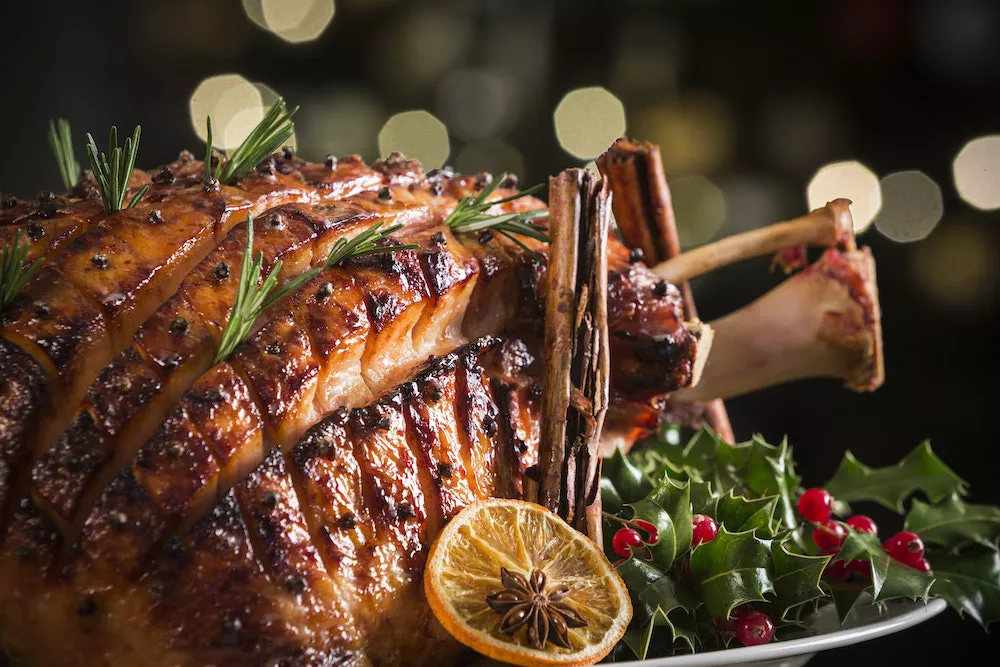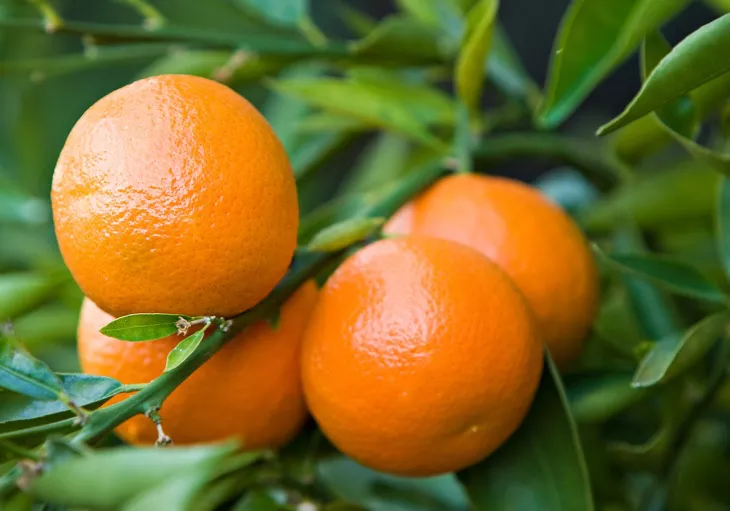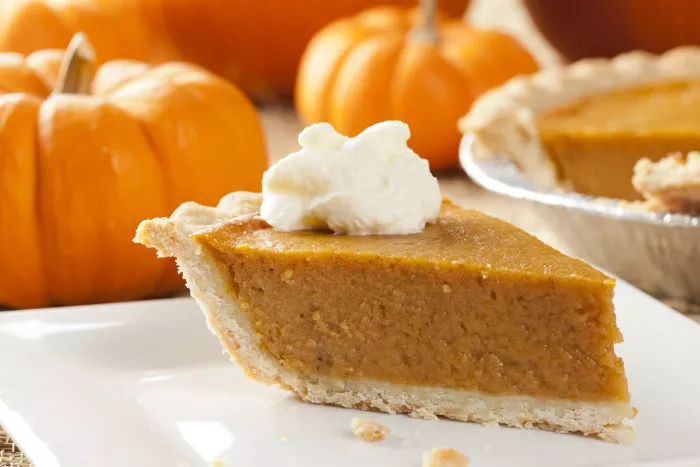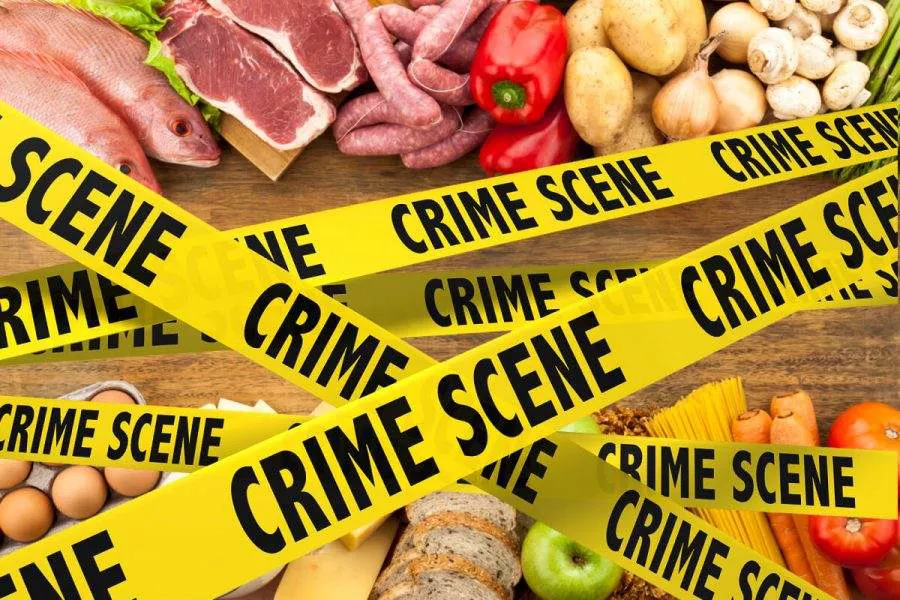Christmas is a time of celebration, togetherness, and, of course, indulgent feasting. One of the most cherished traditions around the world is the Christmas lunch, where families and friends gather to enjoy a hearty and festive meal. While the specific dishes may vary from region to region, there are common threads that weave through the fabric of this culinary celebration. In this comprehensive guide, we’ll explore the traditional Christmas lunch, providing insights into its history, core components, and some delightful variations that make this meal so special.
History of the Christmas Lunch
The roots of the Christmas lunch can be traced back to ancient winter solstice celebrations, which predates the Christian holiday. Early Europeans celebrated the return of the sun’s light and the promise of warmer days with feasts and merriment. As Christianity spread, these festivities were intertwined with the celebration of the birth of Jesus, and the Christmas meal became an integral part of the holiday.
The modern Christmas lunch is a blend of these ancient traditions and the influence of various cultures. Different countries have adapted the meal to their own tastes and ingredients. In the United Kingdom, the Christmas lunch, often referred to as “Christmas dinner,” features roast meats like turkey, while the Italians celebrate with the Feast of the Seven Fishes, a seafood-heavy meal.
The Core Components
While the specifics of a Christmas lunch may vary widely, some core components remain consistent across cultures. Here are the essential elements of a traditional Christmas lunch:
Roast Meat: Roast meat is often the centerpiece of a Christmas lunch. In the United States, United Kingdom, and Canada, roasted turkey or ham is the popular choice. In Italy, roast lamb or fish may take center stage. The meat is typically cooked to perfection, seasoned with herbs, and adorned with a flavorful gravy or sauce.
Stuffing: A side dish, stuffing is a mix of breadcrumbs or cubed bread, herbs, spices, and various ingredients like sausage, chestnuts, or fruits. It’s traditionally cooked inside the bird or separately and adds depth and flavor to the meal.
Vegetables: Christmas lunch is never complete without an array of cooked vegetables. Brussels sprouts, carrots, parsnips, and roasted potatoes are common choices. Some regions opt for dishes like green bean casserole or creamed spinach.
Cranberry Sauce: A sweet and tangy cranberry sauce is a classic accompaniment to the roast meat. It provides a delightful contrast to the richness of the main course.
Gravy: A rich, savory gravy is the finishing touch that ties the Christmas lunch together. Made from the pan drippings of the roasted meat, it’s poured generously over the meat and stuffing.
Bread and Rolls: Freshly baked bread or rolls are served to accompany the meal, perfect for soaking up the delicious gravy.
Mince Pies: These sweet, small pies filled with a mixture of dried fruits, spices, and sometimes a hint of brandy are a quintessential Christmas dessert in the UK.
Christmas Pudding: A dense, dark fruitcake often prepared months in advance, Christmas pudding is flambéed and served with a rich sauce. It’s a symbolic and indulgent dessert in the UK.
International Variations
The beauty of Christmas lunch lies in its ability to adapt and reflect local traditions and ingredients. Here are some international variations that showcase the diversity of this festive meal:
Feast of the Seven Fishes (Italy): As the name suggests, this Italian tradition involves a grand seafood feast on Christmas Eve, with dishes like salted cod, shrimp, and calamari.
Tamales (Mexico): In Mexico, it’s common to celebrate with tamales, a dish of masa dough filled with various ingredients like meats, cheese, or vegetables, then wrapped in a corn husk and steamed.
Joulupöytä (Finland): The Finnish Christmas table features an array of dishes like ham, rutabaga casserole, herring, and rice pudding, and the meal is often followed by the breaking of a special gingerbread cookie.
Kūčios (Lithuania): A traditional Lithuanian Christmas Eve dinner, Kūčios includes dishes like mushroom soup, sauerkraut, and herring. Twelve dishes are served to symbolize the twelve apostles.
Pavo (Philippines): In the Philippines, roast pig or lechon is the star of the Christmas feast, accompanied by a variety of side dishes and desserts like bibingka and puto bumbong.
KFC (Japan): In a surprising twist, Japan has adopted a unique Christmas tradition of ordering Kentucky Fried Chicken, thanks to a successful marketing campaign by KFC in the 1970s.
Conclusion
The traditional Christmas lunch is a celebration of both culture and family, where cherished customs and delicious flavors come together to create a memorable feast.

























